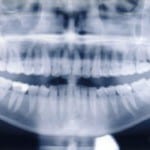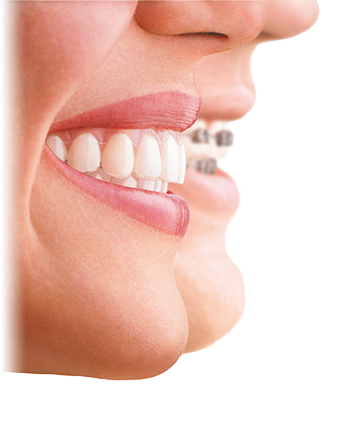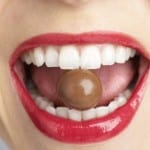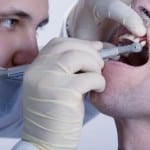 Most of us have first hand experience of accidents and sometimes, there’s no way of avoiding injuries, but when it comes to your teeth and gums, there are often steps you can take to protect your teeth and avoid unexpected trips to the dentist. Here are some top tips to avoid dental injuries this autumn:
Most of us have first hand experience of accidents and sometimes, there’s no way of avoiding injuries, but when it comes to your teeth and gums, there are often steps you can take to protect your teeth and avoid unexpected trips to the dentist. Here are some top tips to avoid dental injuries this autumn:
Wear a gum shield: the autumn is here and many people will be taking to football, rugby and hockey fields. If you plat sport, even if it’s just knocking a ball about from time to time, it’s important to wear a gum shield if there is a risk of injury. Mouth guards help to protect the teeth, gums and jaws and prevent injuries including avulsion (when the tooth is knocked out), fractures and chips. You can buy DIY gum shields, which you mould yourself from sports shops, but we strongly recommend investing in a dentist-made gum shield for a perfect fit and superior quality. Gum shields are recommended for contact sports, fighting sports and martial arts.
Take care when you eat: eating hard foods is one of the most common causes of chips and breaks, so be careful about what you eat and try to avoid anything, which is very hard, such as sticks of hard rock and boiled sweets.
Look after your teeth: strong, healthy teeth are more resistant to injury, so make sure you take care of your teeth; brush twice a daily, visit your dentist for regular check-ups, floss and avoid eating sugary and acidic foods on a frequent basis.
Resist the temptation to use your teeth as a substitute for scissors or a bottle opener: if you’re in a rush or you simply can’t find what you’re looking for, it can be tempting to bring your teeth into action, but using your teeth as a bottle opener or a label cutter can cause severe damage, including chips, fractures and injuries to the gums.
















